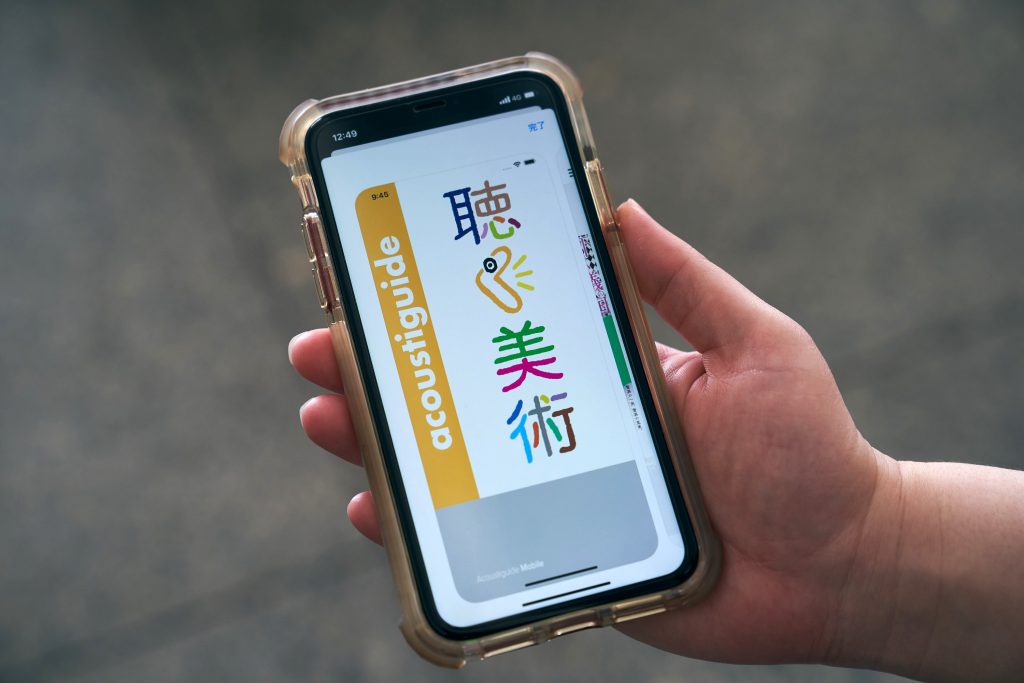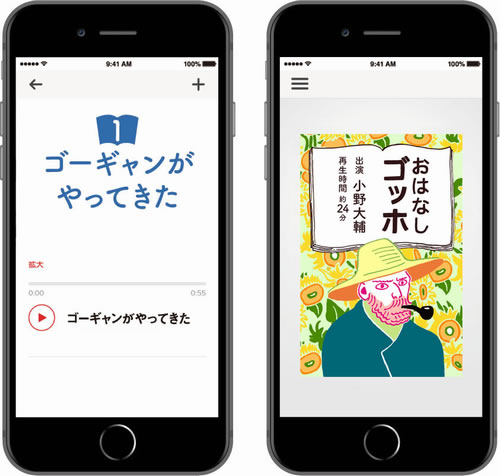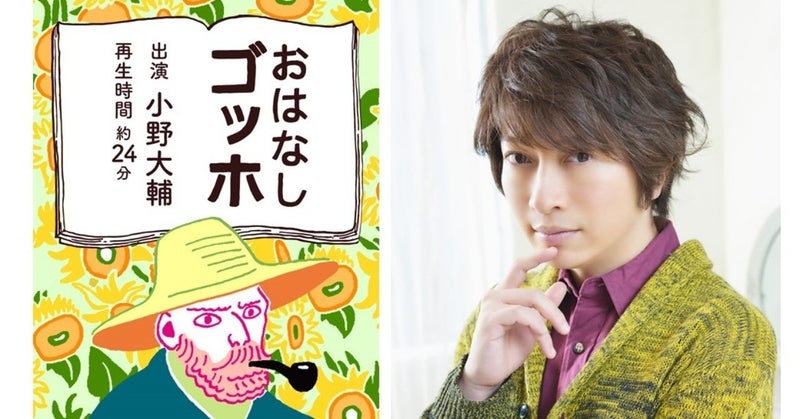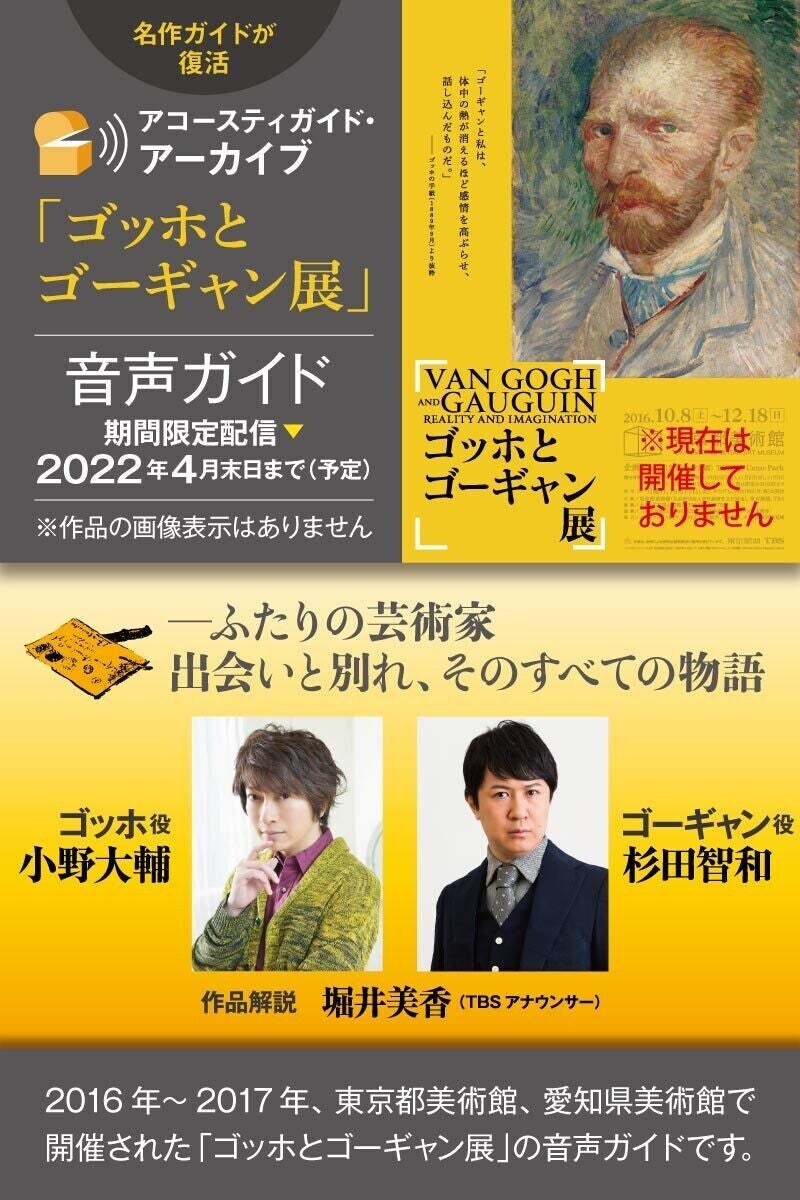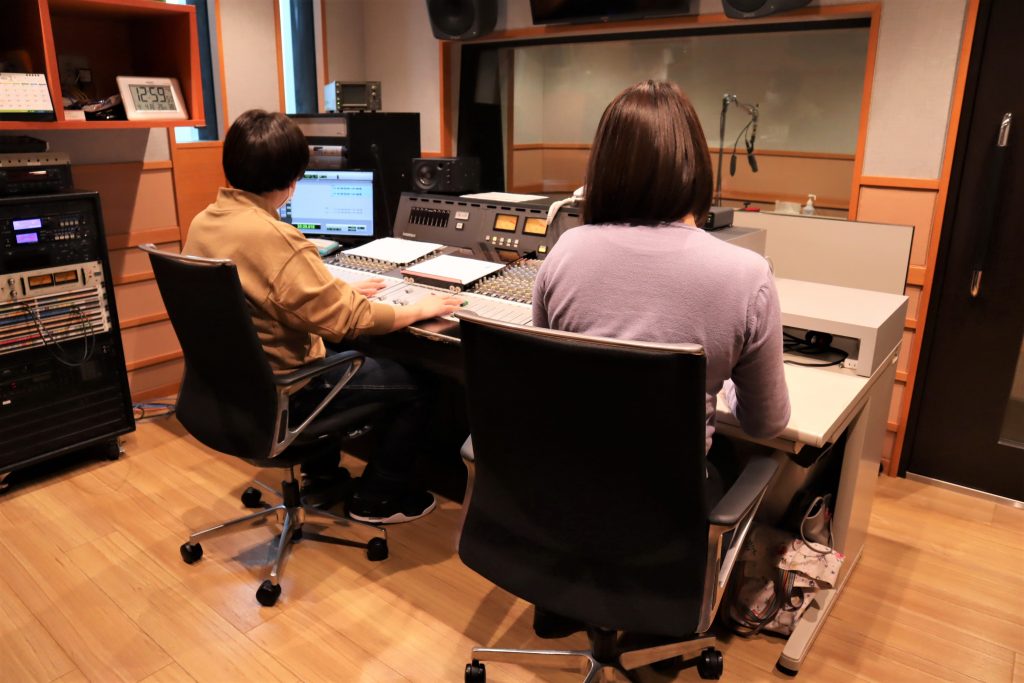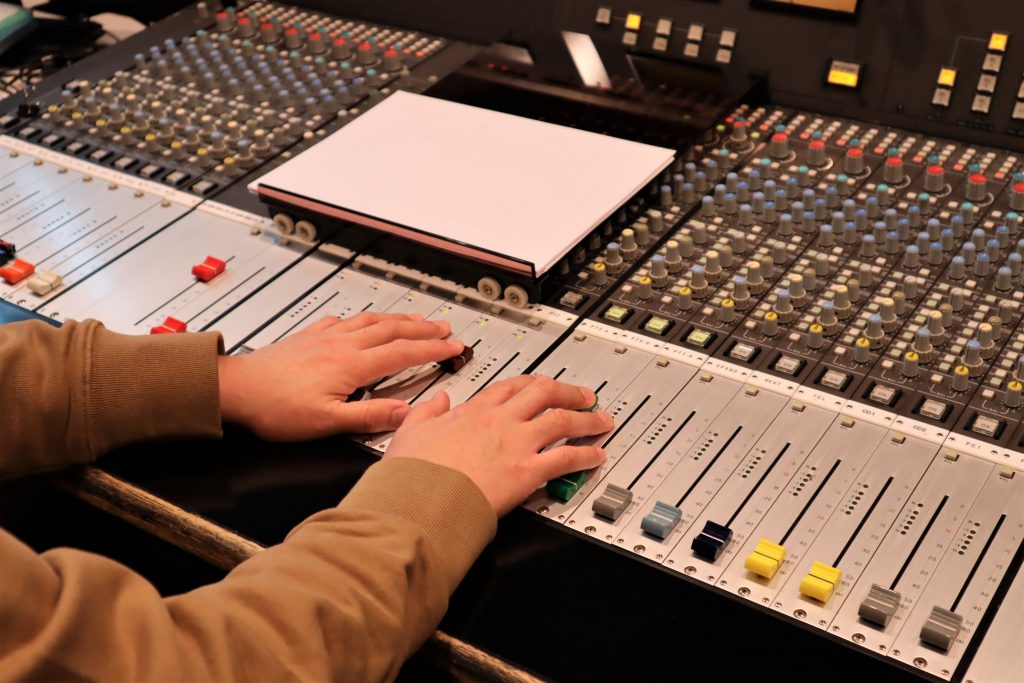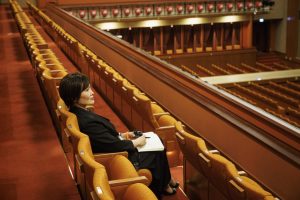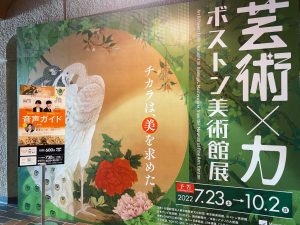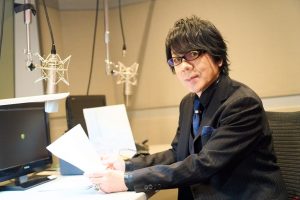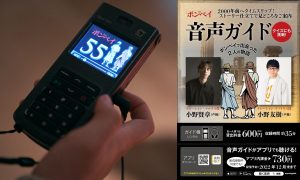――While “Listening Art” content is basically released in conjunction with exhibitions, the audio guide for the “Van Gogh and Gauguin” exhibition held at the Tokyo Metropolitan Art Museum in 2016 was archived and distributed from November 2021. Why was this content re-released?
Takahashi The audio guide for the “Van Gogh and Gauguin” exhibition was so well received at the time that some visitors referred to it as “a legendary audio guide.” And even five years later, we were still receiving comments on social networking sites saying, “The audio guide to the Van Gogh and Gauguin (exhibition) at that time was great,” and I was talking with our staff about how great it would be if everyone had the opportunity to listen to it again. So we were pleased to announce that the archive was again made available to the public in commemoration of the opening of the exhibition “Collecting Van Gogh: Helene Kröller-Müller’s Passion for Vincent’s Art.”
――Why was it called a “legendary voice guide”?
Uemura The first reason is that the “Van Gogh and Gauguin” exhibition itself was wonderful. The works of art, the exhibition, and the audio guide were all parts of the same process. The exhibition focused on Van Gogh and Gauguin and how their relationship to each other impacted their works and their lives, which was an unprecedented approach that attracted a great deal of attention. The audio guide was also created in the style of a drama with the two artists as the protagonists. In recent years, it has become quite common to use voice actors or actors with assigned roles to play parts in story-based guides, but at the time, this was an unusual experiment.
――How did the idea come about?
Uemura The exhibition also focused on the personalities of the two artists, so after thinking about what we could do with the audio guide, we planned to have the roles of Van Gogh and Gauguin played by separate voice actors. Van Gogh and Gauguin were like two brothers. Each was other’s teacher, student, friend, and rival, and they influenced each other strongly. We wanted to use people who could appreciate this connection, and so we consulted with the (exhibition) organizers and asked Daisuke Ono and Tomokazu Sugita, two voice actors who have often worked together. The script is based on letters written by Van Gogh and Gauguin at the time, but we chose words that sounded pleasant to our ears from all kinds of literary sources, ranging from the original texts to various translations.
――Please tell us what you considered important when you were recording the audio guide, and about any memorable episodes involving Mr. Ono and Mr. Sugita.
Uemura More than a century separates the era in which Van Gogh and Gauguin lived and our own era when visitors to the exhibition are viewing their paintings, and in putting together this audio guide, we were thought hard about how we could best bridge that interval through sound. We would be very happy if visitors could perceive in three dimensions that real individuals once painted those pictures with their own hands.
We recorded the audio guide while consulting with Mr. Ono and Mr. Sugita. For example, in the parting scene between the two artists, there is a line in which Gaugin says to Van Gogh: “A hearty handshake. Yours, Vincent” I told Mr. Ono during the recording that I wanted him to be conscious of the comma (“,”) following “Yours” as he read the line. The depth of the words is completely different when the pause marked by the comma is added. In the case of Gauguin, his voice begins rather coldly, as if he is passing Van Gogh in the street. However, for the portion after Van Gogh’s death, when Gauguin speaks alone, we asked Mr. Sugita to change the tone of his voice to make it more warm and mellow.


